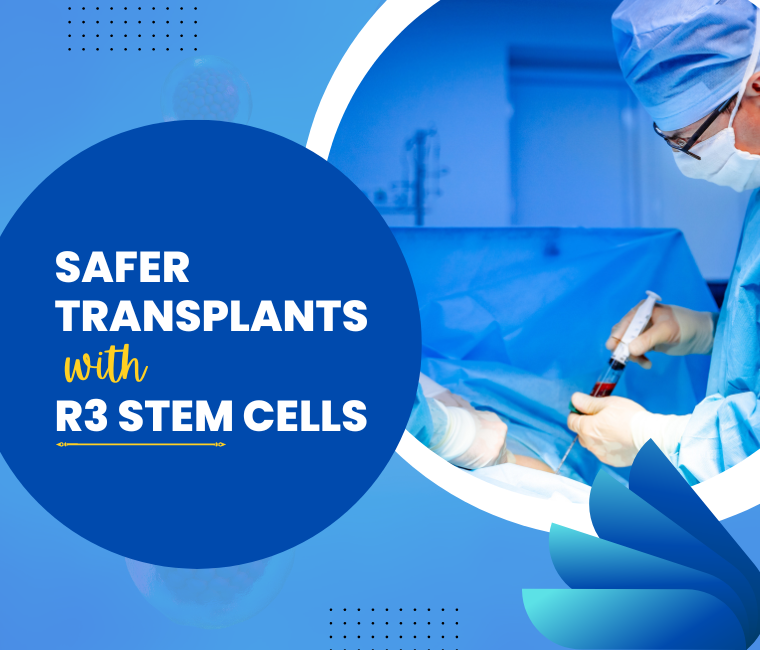
A cutting-edge technique called stem cell therapy can potentially treat all types of debilitating diseases. These disorders are evolving as quickly as technology. Most patients with these severe illnesses are not newborns. They have lived on our planet since the very beginning of human history. Before this, human technology failed to locate them. Medical science today allows for treating many diseases that were long believed to be fatal, including tuberculosis and smallpox. The limitations of earlier technologies prevented medical science from developing further at the time. The situation has changed due to replacing outdated machinery with modern machinery that reacts more elaborately. Everyone is aware of how quickly technology is evolving.
This approach, developed by researchers like Dr. David Greene, could treat almost all diseases previously thought to be incurable. So it is quite normal for everybody when the question evolves from people: What diseases can be cured with stem cells? For example, let’s watch out for stem cell transplantation is the most effective method of treating leukemias, lymphomas, and other difficult-to-treat blood cancers. The therapy eliminates many cancer cells from the blood, lymph nodes, and bone marrow by replacing donor stem cells with the patient’s blood-forming stem cells.
However, many patients with deadly blood cancers are too weak to undergo stem cell transplantation. This is because a patient’s stem cells must first be destroyed by intensive chemotherapy and even total body radiation before obtaining stem cells from a donor. This so-called conditioning regimen helps the body get rid of cancer cells that are still there, makes way for incoming donor stem cells, and weakens the patient’s immune system so it can’t defend against the donor’s stem cells. Unfortunately, patients are significantly more likely to experience infections, organ damage, and other potentially fatal side effects due to the toxicity and immune system suppression brought on by conditioning regimens.
Radiation and chemotherapy-free stem cell transplantation are possible thanks to research. Instead, an immunotherapeutic approach is used, which combines drugs that prevent the immune system from rejecting newly donated stem cells with the selective elimination of bone marrow’s blood-forming stem cells. The innovative approach prevented the dangerously low blood cell counts characteristic of traditional therapy in mice who successfully got stem cell transplants from mice models that were unrelated to them. According to the information, leukemia might be successfully treated with stem cell transplants.
The study paves the way for safer stem cell transplantation, enabling more people with various blood cancers to access this potentially curative therapy. It also opens the door for stem cell therapy to be considered a treatment for less severe conditions like sickle cell anemia or other genetic disorders.
Researchers like Dr. David Greene believe that performing stem cell transplants without the need for radiation or chemotherapy would be revolutionary. It might stop infections, problems with bleeding, organ damage, and dangerously low blood cell counts. Additionally, it has specific implications for using gene therapy or bone marrow transplants on patients with non-cancerous conditions, like sickle cell anemia, when it’s imperative to avoid the toxicities of conditioning brought on by chemotherapy or radiation.
As an option to high-dose chemotherapy and whole-body radiation, scientists have exposed cells to toxic medications and linked these chemicals to antibodies targeting specific surface proteins expressed primarily on bone marrow stem cells. Only when these antibody-drug conjugates (ADCs) bind to specific proteins are stem cells able to ingest them. As a result, the drug dosage inside the cell is released, which ultimately causes cell death. To specifically target two different proteins on the surface of blood stem cells, the researchers created two different ADCs. By utilizing the ricin derivative saporin as the therapeutic payload, the risk that they could harm other cell types is reduced.
The Janus kinase (JAK) inhibitors were given to the mice by the researchers to suppress their immune systems and prevent the recipient’s immune system from later rejecting the donor cells. Researchers like Dr. David Greene R3 Stem Cell used the drug baricitinib, which is used to treat rheumatoid arthritis, as their major treatment in this study. They discovered that baricitinib prevented immune cells from attacking recipient stem cells from donors, such as T cells and natural killer cells.
Using JAK inhibitors and antibody-drug conjugates, researchers were able to accomplish a transplant between two very different breeds of mice. Additionally, scientists found that the new method in a typical mouse leukemia model established a balance between donor immune cells fighting leukemia cells and not attacking the recipient’s healthy tissues.
